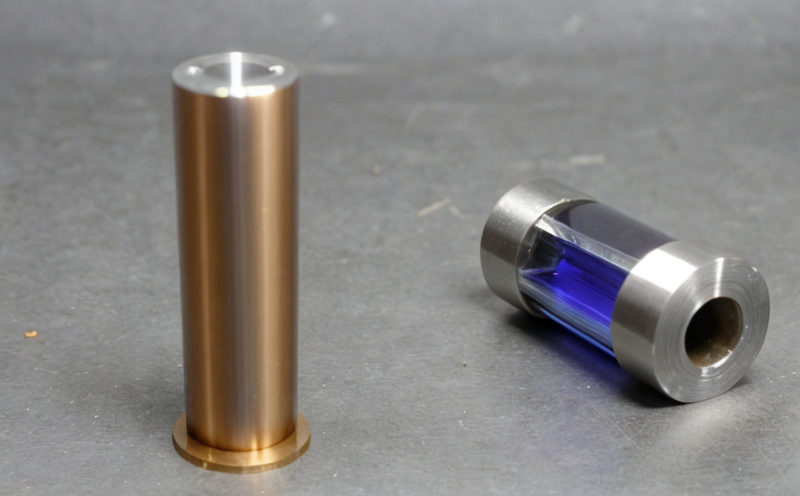Dimensional stability check for protective clothing fabrics
The dimensional stability of protective clothing fabrics is a critical aspect that ensures the garments maintain their essential properties and fit over time. This test evaluates how much a fabric shrinks or stretches under defined conditions, which is vital for ensuring the safety and effectiveness of personal protective equipment (PPE). Shrinkage can lead to discomfort, reduced protection, and even failure in critical situations.
Protective clothing fabrics are subjected to rigorous testing to ensure they meet industry standards and regulatory requirements. This service focuses on determining the dimensional stability of these materials by subjecting them to specific thermal treatment conditions followed by measurement of their dimensions before and after exposure.
The importance of this test lies in its role in ensuring that PPE remains effective throughout its lifecycle. Shrinkage can compromise fit, which is crucial for proper ventilation and protection against hazards. In addition, fabrics with poor dimensional stability may not conform to the intended shape or size, leading to discomfort or compromised performance.
Dimensional stability testing helps manufacturers maintain quality control by identifying potential issues early in the production process. It ensures that the final products meet stringent requirements set by regulatory bodies and industry standards such as ASTM F1670-20 and EN 471:2019, which dictate minimum dimensional stability for specific types of protective clothing.
By understanding how fabrics behave under various conditions, manufacturers can optimize fabric selection and formulation to improve the overall performance of PPE. This service offers detailed insights into the behavior of different materials, allowing businesses to make informed decisions that enhance both product quality and wearer safety.
Why It Matters
The dimensional stability check for protective clothing fabrics is essential because it directly impacts the performance and effectiveness of personal protective equipment (PPE). When PPE does not maintain its shape or size over time, it can lead to several issues:
- Inadequate Fit: Poorly fitting garments may compromise ventilation and protection against hazards.
- Reduction in Comfort: Shrinkage can cause discomfort for the wearer, leading to decreased compliance with PPE usage protocols.
- Potential Hazards: Misfitting or misshapen protective clothing might not provide adequate coverage, increasing the risk of injury.
Regulatory bodies and industry standards like ASTM F1670-20 and EN 471:2019 emphasize the importance of dimensional stability in ensuring that PPE meets essential safety requirements. These regulations ensure that manufacturers adhere to best practices, maintaining consistent quality across all products.
Achieving dimensional stability requires careful selection and treatment of materials during production. This service provides valuable data on how different fabrics react under specific conditions, enabling manufacturers to make informed choices that enhance both product longevity and wearer safety.
Scope and Methodology
| Test Parameters | Conditions Applied | Measurement Techniques |
|---|---|---|
| Initial Length Measurement | Fabric is cut into specified specimens | Using precision rulers or calipers |
| Thermal Treatment | Specimens are exposed to defined temperature and humidity levels for a set duration | Controlled environmental chambers |
| Final Length Measurement | Post-thermal treatment, specimens are allowed to cool down | Same precision rulers or calipers as initial measurement |
| Shrinkage Calculation | Difference between initial and final measurements is calculated | Automated software for precise calculations |
This testing methodology ensures that the dimensional stability of fabrics used in protective clothing can be accurately evaluated. By following these standardized procedures, we provide reliable data that informs manufacturers about their material choices and processes.
International Acceptance and Recognition
- The test results are recognized by major regulatory bodies such as OSHA in the United States and HSE in the UK, ensuring compliance with international standards.
- The findings from this dimensional stability check are accepted globally, providing a consistent basis for quality assurance across different regions and industries.
Compliance with these tests is crucial for manufacturers aiming to export their products internationally. The recognition of these test results by various regulatory authorities guarantees that the protective clothing meets global safety standards.





